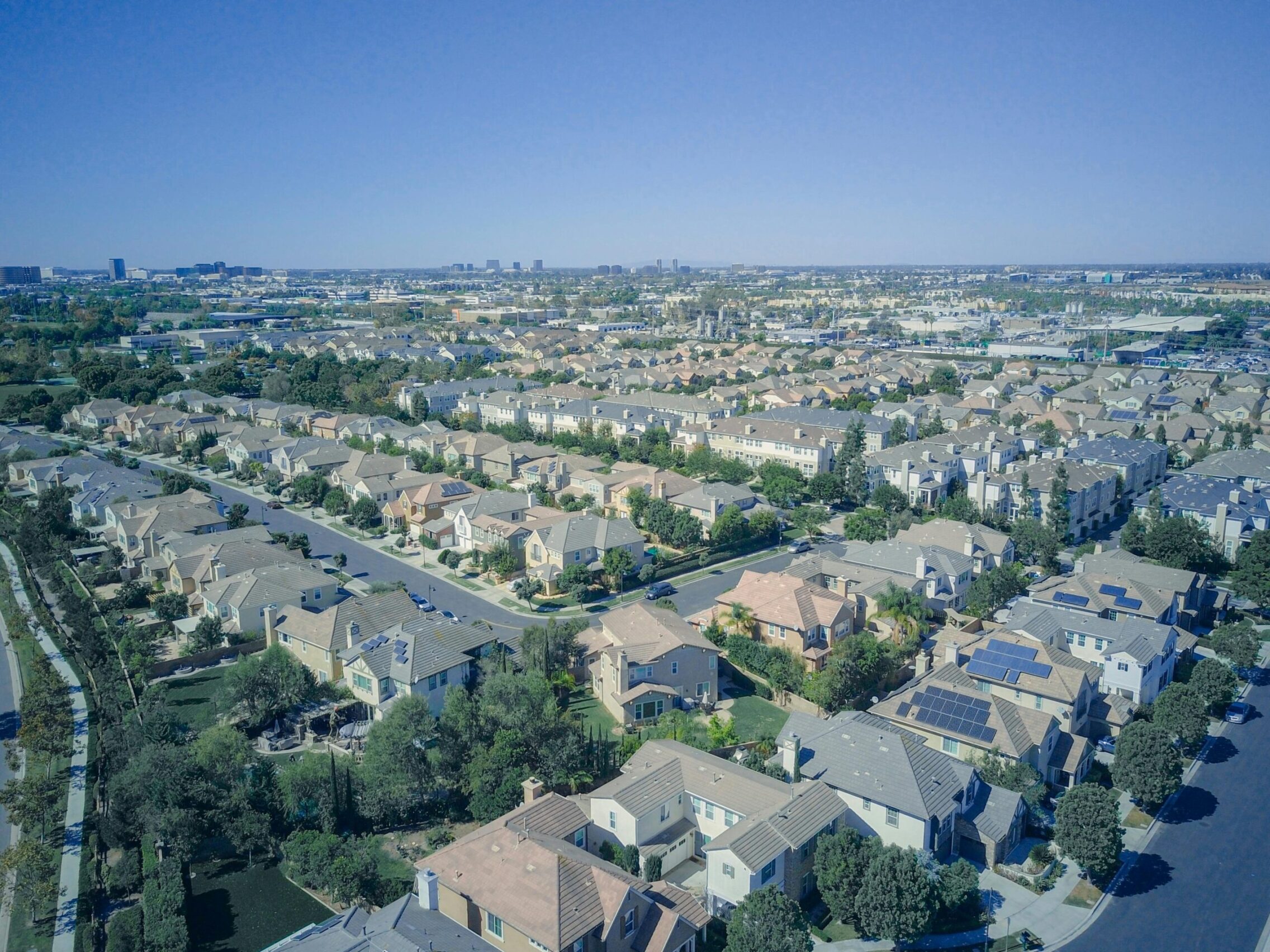State Farm Will Not Renew Coverage for Homeowners Across 72,000 Properties

State Farm will not renew coverage for homeowners across 72,000 properties in California, marking a significant development in the state’s ongoing insurance crisis.
The insurance giant’s announcement comes amid mounting challenges faced by homeowners, with State Farm revealing plans to cease renewing insurance policies for 30,000 houses and 42,000 commercial apartment policies. This decision follows State Farm’s earlier declaration, nine months ago, to halt the issuance of new home policies in the state.
Citing reasons such as escalating costs, heightened risk of catastrophe exposure, and the constraints imposed by outdated insurance regulations, State Farm underscores the financial strains and regulatory limitations that have influenced its decision.
The move by State Farm underscores a broader trend in California, where thousands of residents grapple with the increasingly daunting task of securing insurance coverage. Companies are either raising rates, restricting coverage, or withdrawing policies altogether from areas at heightened risk of natural disasters.
In a statement, State Farm General emphasized the gravity of its decision, citing ongoing financial pressures stemming from inflation, catastrophe exposure, reinsurance costs, and regulatory constraints. The company asserts its commitment to maintaining adequate claims-paying capacity for customers while complying with financial solvency laws.
However, the decision has drawn scrutiny from the California Department of Insurance, which asserts its role in holding insurance companies accountable. Deputy Insurance Commissioner Michael Soller stressed the need for State Farm to provide assurances about its strategy moving forward and its commitment to fulfilling obligations to California policyholders.
State Farm has outlined the timeline for policy cancellations, with homeowner insurance slated to be discontinued on July 3, followed by commercial properties on August 20. As the situation unfolds, questions linger about the implications for affected homeowners and the broader implications for California’s insurance landscape.



